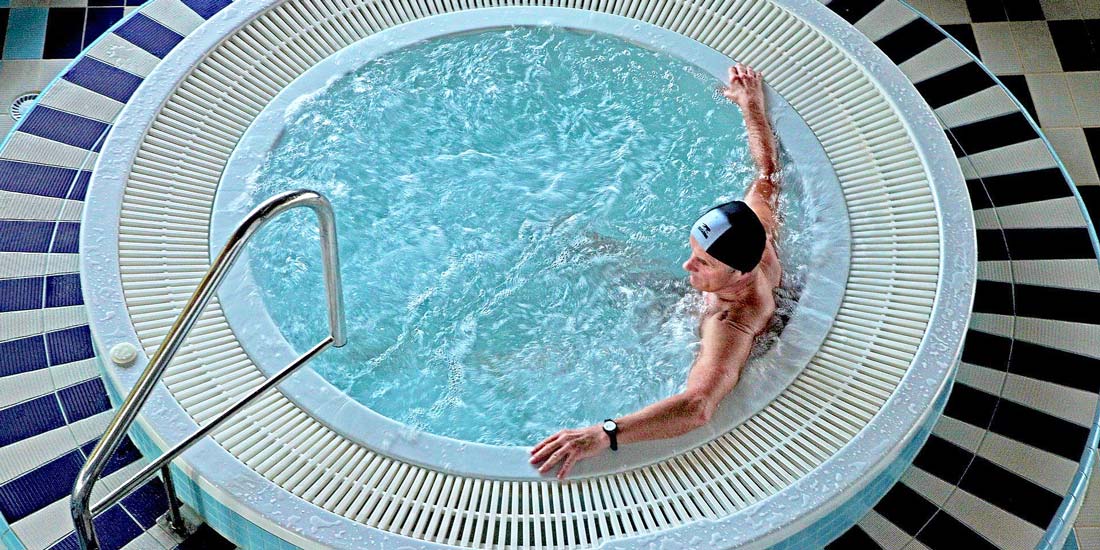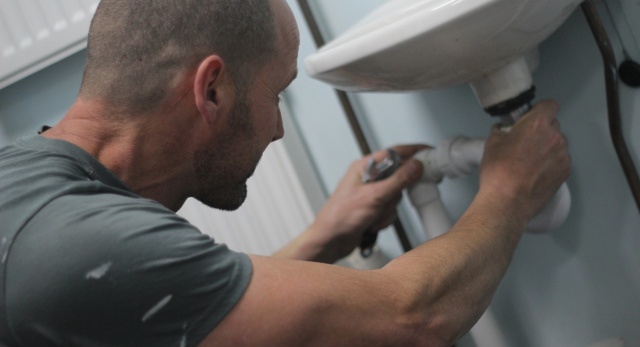HSE warns of risk of legionella after lockdown. Lots of buildings have been closed for months due to the COVID lockdown. As the UK begins its slow return to normal and premises are opening up again, we thought it would be useful to fill you in on guidance from HSE about the risks of legionella.
What’s the risk of legionella after lockdown?
Buildings that have been closed or under-used in recent months pose a real legionella threat. HSE calls for employers and landlords to review their risk assessment and manage the legionella risks before they reinstate the water systems and some air conditioning units.
In certain circumstances, HSE recommends seeking specialist support, something that suitably trained plumbers could help with.
What is Legionnaires Disease and who is at risk?
Legionnaire’s Disease is caused by legionella bacteria found in stagnant water. It is a potentially fatal form of pneumonia, which everyone is susceptible to. Those at higher risk include
- People over 45
- Smokers and heavy drinkers
- People suffering from chronic respiratory or kidney disease
- Anyone with an impaired immune system
How can I help to prevent the spread of legionella bacteria?
HSE recommends following these procedures before reinstating appliances and equipment that may contain legionella:
- Hot and cold water outlets become stagnant if they’re not used regularly. Ideally they should be flushed weekly, but if this hasn’t been possible during lockdown, systems should be cleaned and thoroughly disinfected prior to use.
- Air conditioning units that operate on a source of water can generate aerosol if they’re shut down for a prolonged period, so the risks of legionella being present must be assessed before they are reactivated. They should be thoroughly cleaned before they are turned on again. Small wall or ceiling mounted units with closed cooling systems should not present a risk, but larger units, with condensate trays, humidifiers or evaporative cooling sections where water can stagnate present a risk.
- Commercial spa pools and hot tubs should have been drained, cleaned and disinfected at the start of lockdown and need a thorough cleaning and disinfecting prior to reinstatement.
- Cooling towers and evaporative condensers should have been drained down, cleaned and disinfected prior to a shutdown of more than a month. They need to be cleaned and disinfected again before refilling and re-operation.
Where can I find out more about the HSE guidelines on legionella risks during COVID?
To read the full HSE report, please click here
Where can I get specialist training for dealing safely with legionella bacteria?
At Logic4training we offer training course specifically on legionella prevention and water treatment.
We provide two versions of the course – one for experienced plumbers and one for those responsible for managing water systems in properties.
The course is designed to help you comply with the HSE guidelines, including:
- The background to Legionnaires Disease
- Where and how the legionella bacteria multiplies
- How is it spread and contracted
- How to comply to the law
- Assessing, controlling and reducing risk
- Methods of treatment, prevention and disinfection
- Record keeping
On the version of the course designed for plumbers there is further, practical detail on how to disinfect and clean a domestic sized water system using various methods; chlorine, bleach and silver hydrogen peroxide.
For more information, please click here









